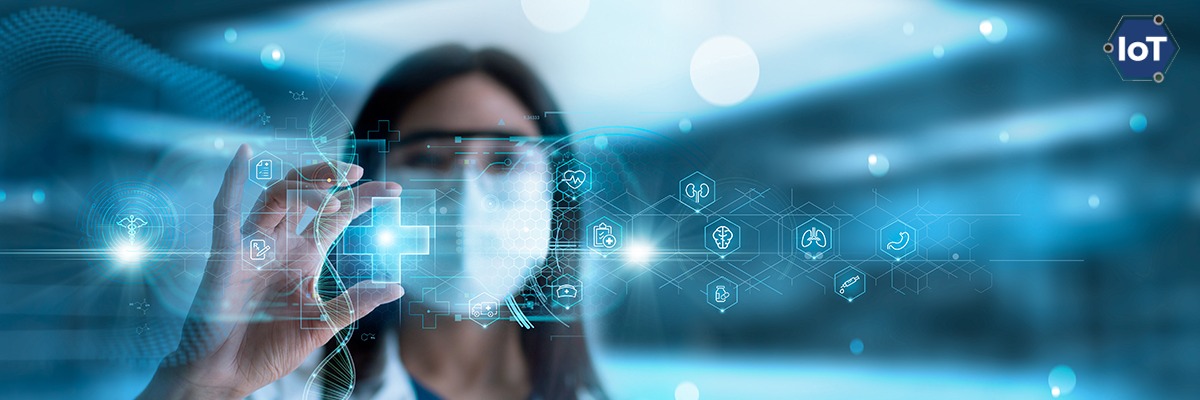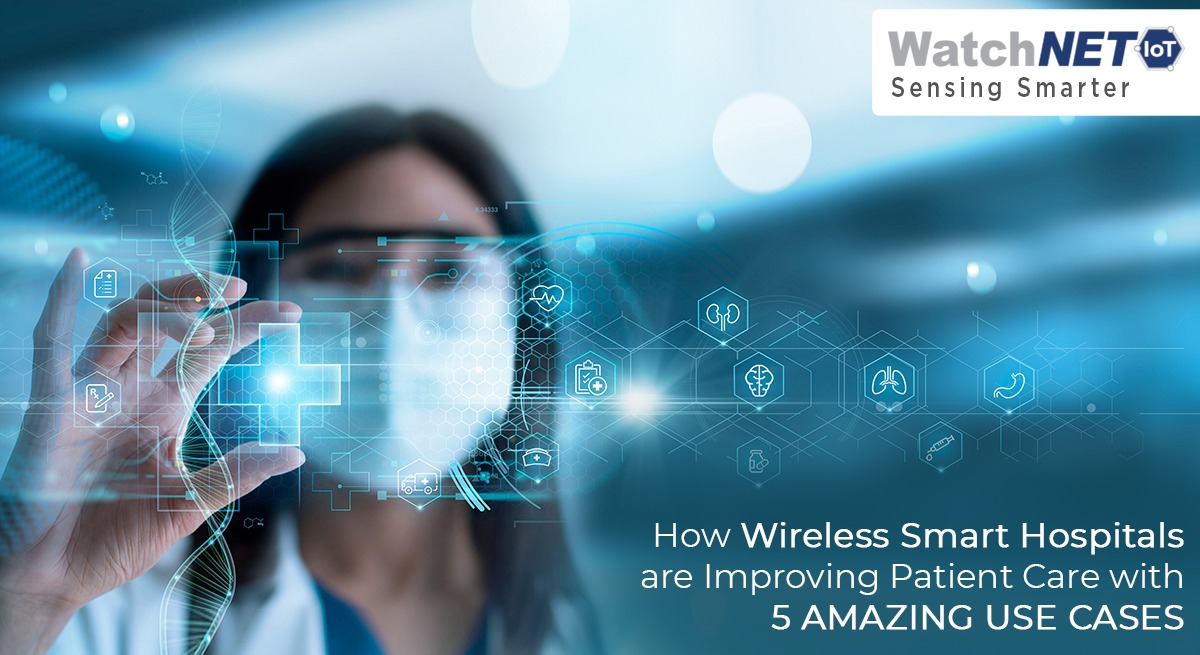
The Healthcare industry’s network footprint grows every year. Information technology has turned antiquated healthcare systems into smart hospitals that deliver remote healthcare services to patients worldwide. As Healthcare technologies are advancing, there’s an increased engagement and consciousness of consumers when it comes to their health. This has resulted in rising demand for remote health care. Smart Healthcare has opened new horizons where patients connect virtually with doctors enabling them to communicate through real-time live chat.
The usage of Internet of Things in Healthcare has sharply increased across various specific IoT use cases. It allows hospitals to improve care quality while focusing on overall expenditure reduction. By improving information exchange and communication, IoT enables Healthcare organizations to implement intelligent recognition, positioning, tracking, monitoring and management by using sensors, GPS, laser scanners and other information sensing devices for better diagnosis, treatment, management and decision making. Some of the major use cases of IoT in smart hospitals can be listed below:
- Facility Management: Facility management in Healthcare buildings is supervised by keeping operations running smoothly at maximum capacity while maintaining the safety of their staff. With digital power management system, costs and operations are controlled and maintained when resources are low. IoT also improves operational efficiency by focusing on reducing the burden of administrative work and improving clinical workshops for staff so they spend more time with patients. WatchNet Gateways
- Remote health monitoring: One of the most widely used applications of health care and the IoT is Remote health monitoring. Assisted living facilities may not be able to accommodate every senior citizen who lives alone.The usage of smart Healthcare devices to track their health reduces cost by eliminating the need for visitations and helps improve the patient’s quality of living reducing the inconvenience of travel. Through digital connectivity, we can bridge the gap between patients and the health care providers. WatchNet Healthcare Management
- Asset tracking: Healthcare asset tracking is a monitoring system used to observe the activity and movements of individual medical assets. The tools and equipment used for medications require proper management and tracking solutions to avoid errors and loss. Through a system of smart technologies like sensors and gateways, everything from medical devices and equipment to staff and patients can be viewed for collecting date in real time. The use of RFID tags can also streamline this process by automating inventory management and control medicine demand and supply to avoid inventory shortages. WatchNet Gateways, WatchNet Building Automation
- Predictive maintenance: It is performed by evaluating the health and performance of equipment through periodic or continuous monitoring. Aiming to reduce unplanned equipment downtime and increase their reliability, IoT enables prediction of early failure of the mechanical equipment installation hospitals. Some examples of predictive maintenance sensors include equipment observation, thermal imaging and vibration analysis. Through predictive maintenance, costs are reduced significantly by avoiding equipment failure resulting in optimal asset utilization and its extended life. WatchNet Sensors
- Wearable technology: “Wearables” are electronic devices that are physically worn by individuals in order to track, analyze and transmit personal data. Through this concept, patients wearing devices connect their health data and treatment with Healthcare providers in order to gather information for their treatment, along with helping them in their lifestyle. This information can help track calorie expenditure, exercise, stress, poor sleep quality and also early warning signs of infection and inflammation and assist in real time detection to alert caregivers to provide immediate support when needed. They have become extremely popular tools to help us stay informed and in touch with ourselves.
Ultimately, digital technology in Healthcare could streamline the system and offer cheaper, faster and more effective solutions to enhance the overall health of the population by improving the quality of care the patients receive. Therefore, the hospitals are turning to smart options to strengthen their existence in tomorrow’s challenging medical service market.

